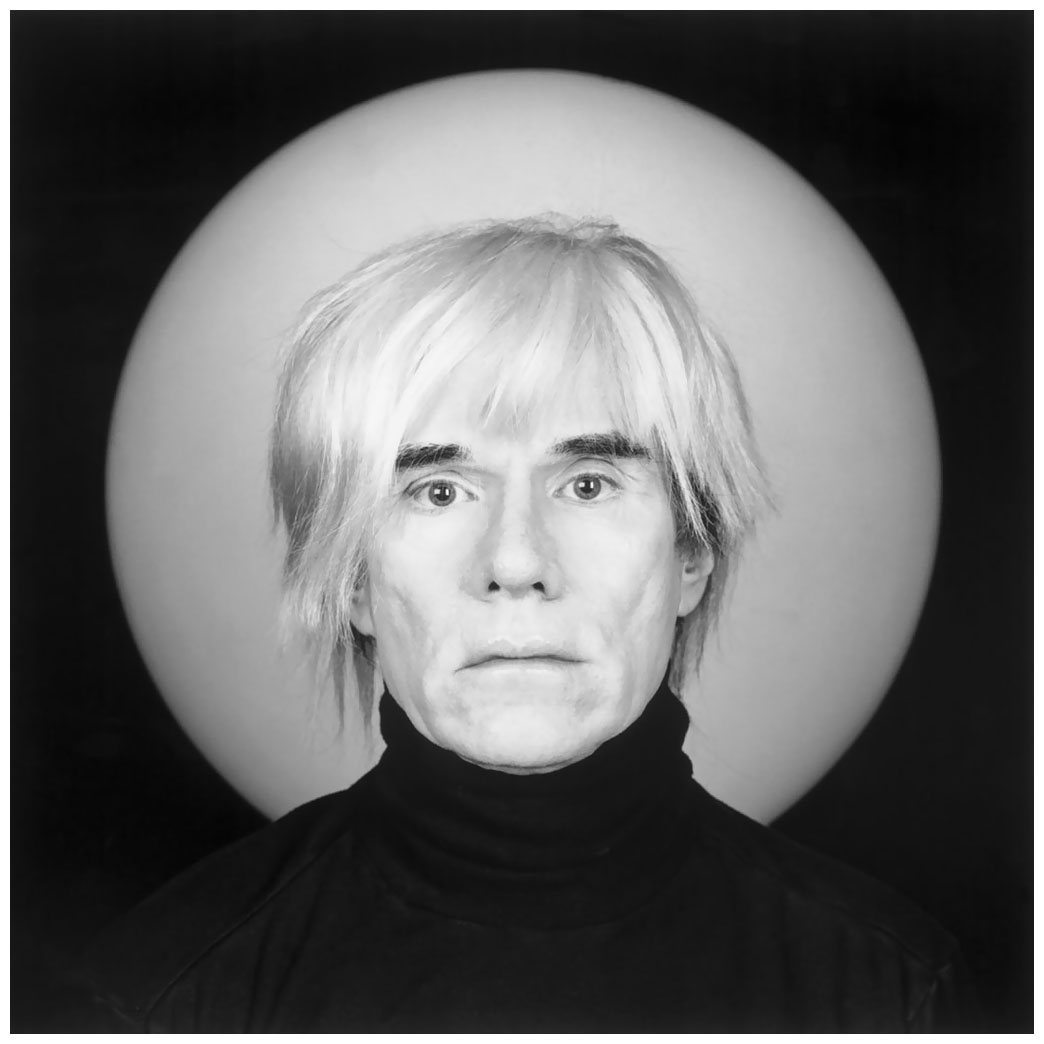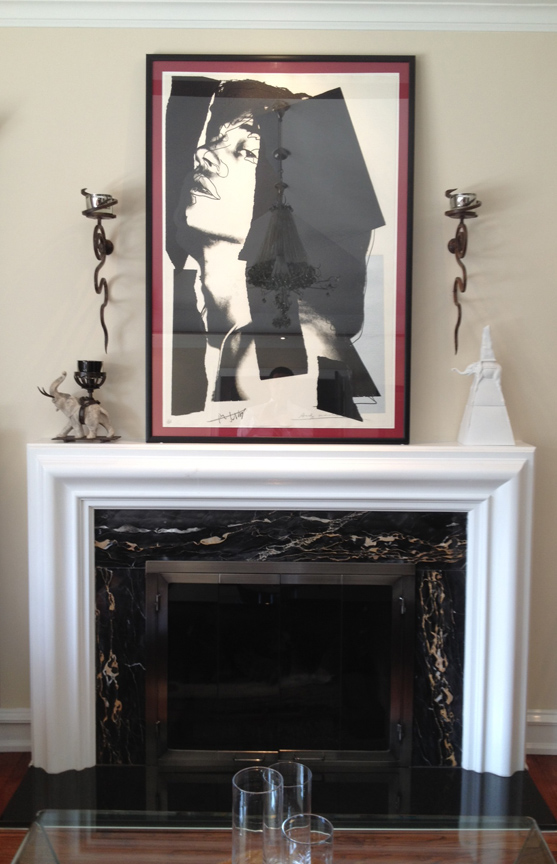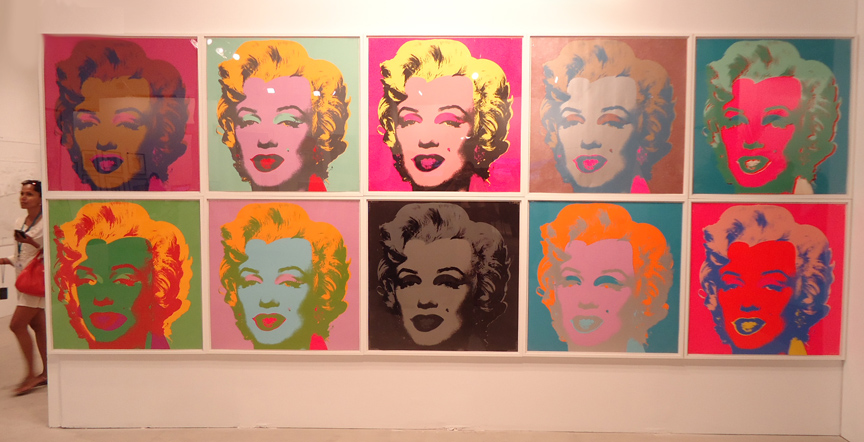 Andy Warhol, original name Andrew Warhola (born August 6, 1928, Pittsburgh, Pennsylvania, U.S.—died February 22, 1987, New York, New York), American artist and filmmaker, an initiator and leading exponent of the Pop art movement of the 1960s whose mass-produced art apotheosized the supposed banality of the commercial culture of the United States. An adroit self-publicist, he projected a concept of the artist as an impersonal, even vacuous, figure who is nevertheless a successful celebrity, businessman, and social climber.
Andy Warhol, original name Andrew Warhola (born August 6, 1928, Pittsburgh, Pennsylvania, U.S.—died February 22, 1987, New York, New York), American artist and filmmaker, an initiator and leading exponent of the Pop art movement of the 1960s whose mass-produced art apotheosized the supposed banality of the commercial culture of the United States. An adroit self-publicist, he projected a concept of the artist as an impersonal, even vacuous, figure who is nevertheless a successful celebrity, businessman, and social climber.
The son of Ruthenian (Rusyn) immigrants from what is now eastern Slovakia, Warhol graduated in 1949 from the Carnegie Institute of Technology (now Carnegie Mellon University), Pittsburgh, with a degree in pictorial design. He then went to New York City, where he worked as a commercial illustrator for about a decade.
Warhol began painting in the late 1950s and received sudden notoriety in 1962, when he exhibited paintings of Campbell’s soup cans, Coca-Cola bottles, and wooden replicas of Brillo soap pad boxes. By 1963 he was mass-producing these purposely banal images of consumer goods by means of photographic silkscreen prints, and he then began printing endless variations of portraits of celebrities in garish colours. The silkscreen technique was ideally suited to Warhol, for the repeated image was reduced to an insipid and dehumanized cultural icon that reflected both the supposed emptiness of American material culture and the artist’s emotional noninvolvement with the practice of his art. Warhol’s work placed him in the forefront of the emerging Pop art movement in America.
As the 1960s progressed, Warhol devoted more of his energy to filmmaking. Usually classed as underground films, such motion pictures of his as The Chelsea Girls (1966), Eat (1963), My Hustler (1965), and Blue Movie (1969) are known for their inventive eroticism, plotless boredom, and inordinate length (up to 25 hours). Other movies include Poor Little Rich Girl (1965) and Lupe (1966), both of which featured Edie Sedgwick.
In 1968 Warhol was shot and nearly killed by Valerie Solanas, one of an assemblage of underground film and rock music stars, assorted hangers-on, and social curiosities who frequented his studio, known as the Factory. (The incident is depicted in the 1996 film I Shot Andy Warhol.) Warhol had by this time become a well-known fixture on the fashion and avant-garde art scene and was an influential celebrity in his own right. Throughout the 1970s and until his death he continued to produce prints depicting political and Hollywood celebrities, and he involved himself in a wide range of advertising illustrations and other commercial art projects. His The Philosophy of Andy Warhol (1975) was followed by Portraits of the Seventies and Andy Warhol’s Exposures (both 1979).
Warhol’s work is featured in the Andy Warhol Museum in Pittsburgh. In his will, the artist dictated that his entire estate be used to create a foundation for “the advancement of the visual arts.” The Andy Warhol Foundation for the Visual Arts was established in 1987.
RRFA PLACEMENTS:
Andy Warhol “Endangered Species: African Elephant”
Andy Warhol Sunday B Morning Suite

